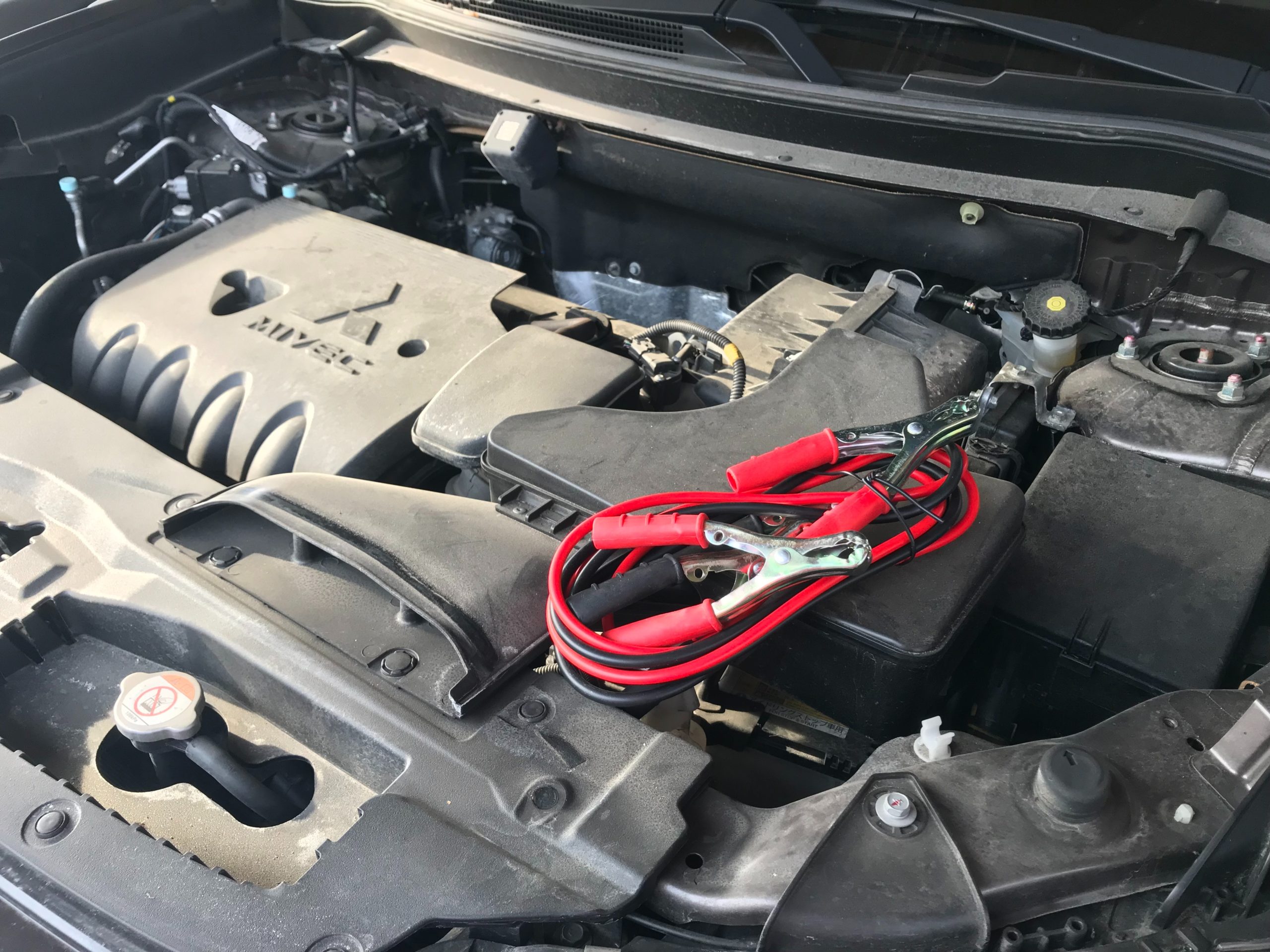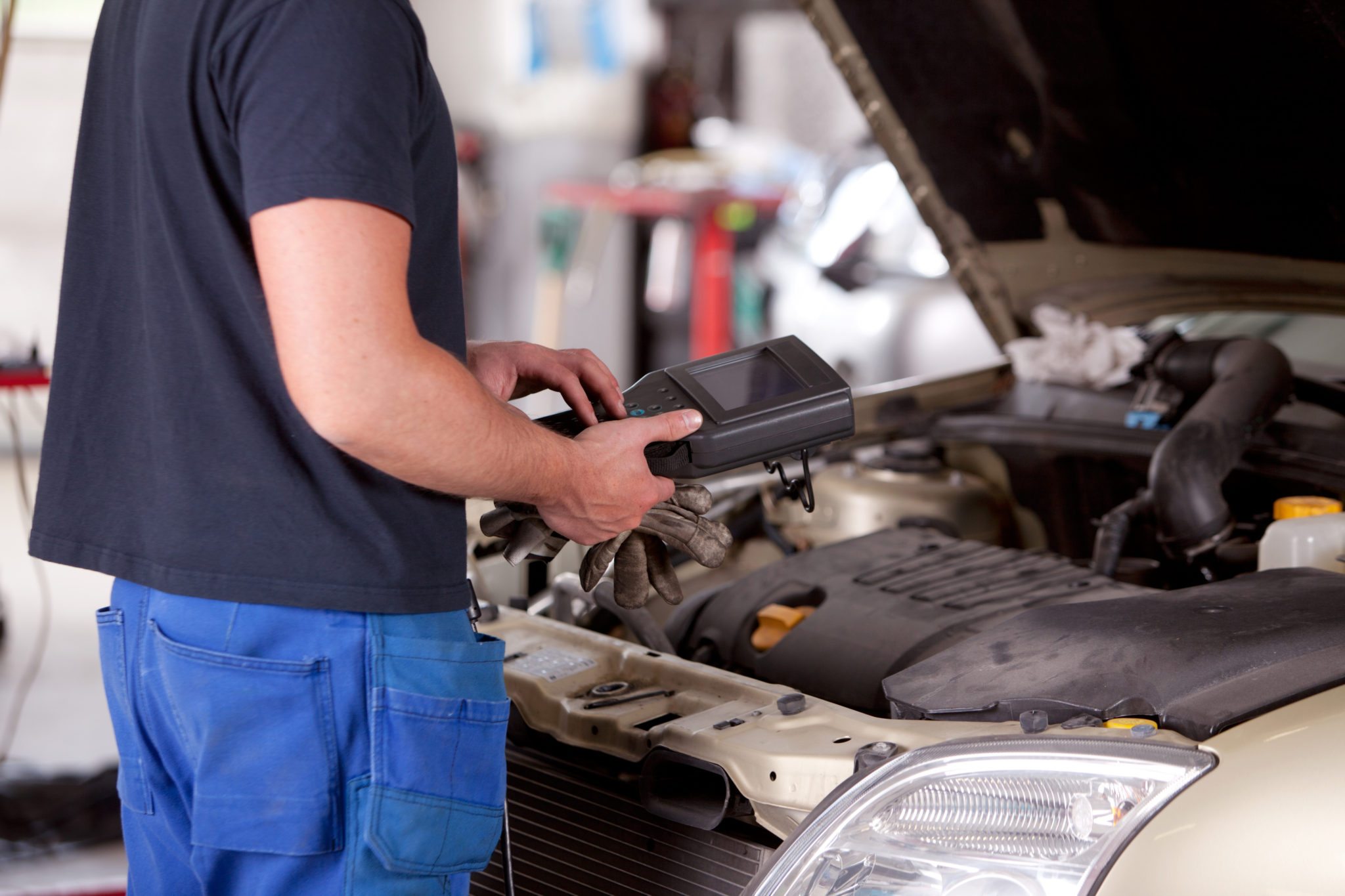Jump starting 101
One of the major road inconveniences is when your car breaks down in the middle of nowhere and there’s no available car to help you. Further, most motorists will eventually face this scenario because you inadvertently left your dome light on or perhaps, your battery is just old and degraded.
While it is essentially easy to jump-start a vehicle, car battery- related accidents can still happen. As we all know, the battery is located in the engine compartment, where flammable gasses may be present and some important electrical wires. The last thing you would like to happen is to short something else that could create other issues to your car.
So, if you happen to be in the Silverdale area and still can’t give us a call to help you, bookmark this page and keep it in mind.
Check the basics
First things first, check your lights. Are they dim or bright? Is your horn working or not? Did your dashboard lights turn on when you inserted the key in and turn the ignition? If your answer to all questions is yes, then the battery is the culprit. Jump-starting the car won’t help.
Conversely, just because your car doesn’t want to start it doesn’t mean you already have a busted battery. More often than not, if you’re on manual transmission, no need to use jumper cables and instead, depress the clutch completely, put the car in second gear, turn the ignition to start, then let go of the brakes.
Otherwise, you would need to jump-start the car yourself.
- Look for a reliable car to help you
Firstly, if your car broke down in an impossible place like on a motorway, call a friend to come and help you. Otherwise, you can always ask for an emergency service and/or call your insurance company and ask to be towed or call for further assistance.
- Condition Both Vehicles
Once you’ve found a reliable vehicle to help you, ask to park the car either in front or beside you. Turn off the following: radio, engine, lights, A/C, fans, and other electronic accessories. Using jumper cables, pop the hood on both vehicles, remove the safety caps and connect the batteries. Leaving the engine off on both vehicles prevents any electrical overloads on the cars when you connect the two batteries.
- Use Safety Gears
According to the Sight and Hearing Association, nearly 6,000 motorists suffer serious eye injuries, even blindness, due to battery explosions, chemical burns, crush injuries from lifting or dropping the battery, and electric shock each year in the US. Therefore, wear protection gear like goggles and gloves, if you have any.
- Identify the terminals carefully
Identify the positive (+) battery terminal and the negative (-) on each car. Make sure to double check this before you attempt to connect the cable. In a succinct manner, follow the steps below:
- Lay the cables on the ground, making sure the clamps aren’t touching each other.
- Connect a red cable (positive) to the dead car’s positive (+) battery post.
- Connect the other end of the red cable to the live car’s positive (+) battery post.
- Connect the end of the black cable (negative) to the live car’s negative (-) battery post.
- Always start the live car’s engine first
Wait for preferably 5 minutes, and then try to start the car that broke down and then follow the below next necessary steps, accordingly:
- If you don’t get any improvement in the dead car, turn everything off and check the connections again. Clean the posts of the batteries and wipe off the area where you are connecting the black cable to the dead car.
- Start the live car again. You can raise the idle a little to help with the charging, but don’t race the engine.
- Start the dead car again.
- If the dead car still doesn’t start, turn off the live car, remove the cables in the reverse order and call for a tow truck. Your problem may be more than just a dead battery.
- If the formerly dead car starts, leave both cars running for a few minutes, then remove the cables in the opposite order.
- Disconnect the black cable (negative) connected to the formerly dead car.
- Disconnect the black cable (negative) to the live car.
- Disconnect the red cable (positive) connected to the live car.
- Disconnect the red cable (positive) connected to the formerly dead car.
- Leave the formerly dead car running for at least another 20 minutes to help recharge the battery.
Having reliable jumper cables is a must. Always keep one or two for your own convenience.
If all else fails, keep our number on the speed dial in case you need road assistance: 09- 426 5016.


